Space Physical Sensor Protection and Control System Based on Neural Network Prediction: Application in Princess Elizabeth Area of Antarctica
Abstract
1. Introduction
2. System Architecture
2.1. Overall System Architecture
2.2. Environmental Control, Data Storage Access and Observation System Hardware Configuration
3. Method and Model Preparation
3.1. Surface Meteorological Analysis of Taishan Camp in Princess Elizabeth, Antarctica
- The low-temperature environment during the polar night makes the voltage of the lead-acid wound battery continue to decrease. The transmitting current is not enough to make the Iridium module transmit. This is the most critical one. We use the acquired temperature information to heat the equipment to avoid this phenomenon.
- There are strong winds in the Princess Elizabeth area in the east of Antarctica, which has a significant impact on wind speed and direction and ground optical observation equipment.
- Continuous high radiation intensity may cause ageing of the equipment’s non-metallic enclosure.
- In the absence of supplementary energy in the photovoltaic system, the wind turbine has a high probability of failure, resulting in no supplement of renewable energy. In the case of the continuous low battery voltage, the battery is eventually damaged and the system cannot be restarted.
3.2. Heat Conduction Model and Heating Strategy
- The first affected object is the dome of the acrylic full-sky imager because this device is different from other observation devices in the South Pole. A cabin temperature higher than 5 degrees Celsius will cause water vapor to rise and condense inside the observation hood, affecting the operation of the all-sky imager.
- The higher the temperature difference will bring more heat loss to the system. During the winter, the fan is self-locking. During the wintering period (that is, from mid-March to mid-August each year), all electrical equipment is only powered by diesel engines. Daily power and diesel demand need to be compressed to a minimum.
- If you set a self-heater with a threshold in the room, for example, if the temperature threshold is set from 0 to –15 °C, the temperature will continue to be –15 °C. The extreme temperature drop or sudden strong wind outside the pole at night will cause the situation. The heat loss in the cabin is too fast. Due to the slow heat transfer of the air commutation, the equipment that is powered on will be shut down and cannot be restarted because the temperature is too low. Real-time classic control algorithms, such as PID, are more cumbersome in the parameter adjustment process. On the one hand, the heat transfer in the air is difficult to calculate in addition to radiant heat; on the other hand, the time of convective heat transfer is not easy to determine.
Construction of Lumped Parameter Model and Establishment of Mathematical Relationship
3.3. Experiment Preparation and Machine Learning Model
3.3.1. BPNN (Back Propagation Neural Network) & ELM (Long Short-Term Memory)
3.3.2. LSTM (Long Short-Term Memory)
3.3.3. Bi LSTM (Bi-directional Long Short-Term Memory)
3.3.4. SAE (Stacked Autoencoder)
4. Results
4.1. Optimal Model Result
4.2. Operation Ticket Generation
- Input sample data: data acquisition, then data preprocessing, unusable data culling, and filtering after thresholding.
- Determination of the prediction method: Separate the amount of data by 80% and 20%. After normalization and regularization, it is input as a training set and test set. During the training and testing of five neural networks (BPNN, ELM, Bi LSTM, SAELSTM, and LSTM), no overfitting occurred in each system. Loop three times and select the algorithm corresponding to the smallest error.
- According to the corresponding temperature prediction, based on the current temperature and the temperature in the next two hours, a heating operation ticket is generated, and the lower temperature is used as the predicted temperature to represent the average temperature in the next hour. The prediction result is compared with the prediction result of the Bi LSTM model, and then the result with a lower temperature in the next hour is selected as the parameter generated by the temperature difference. Then check the table and heat accordingly.
4.3. RIOD’s On-Site Operation Status
- The design needs to ensure the quality of the observation data of the complex sensor network.
- Under the premise of guaranteeing observation, the energy system and control system need to operate stably.
- It is necessary to ensure that the surrounding environment is not polluted and damaged.
5. Conclusions
Author Contributions
Funding
Acknowledgments
Conflicts of Interest
Acronyms
| RIOD | Remote Control, Image Acquisition, Operation Maintenance and Document Management System |
| PDU | Power Distribution Unit |
| PB300 | Pisten Bully–300 Polar |
| PRIC | Polar Research Institute of China |
| TYUT | Taiyuan University of Technology |
| NAS | Network Attached Storage |
| BP | Back Propagation |
| ELM | Extreme Learning Machine |
| LSTM | Long Short-Term Memory |
| SAE LSTM | Stacked Auto Encoder Long Short-Term Memory |
| Bi LSTM | Bi-directional Long Short-Term Memory |
References
- Musko, S.B.; Clauer, C.R.; Ridley, A.J.; Arnett, K.L. Autonomous low-power magnetic data collection platform to enable remote high latitude array deployment. Rev. Sci. Instruments 2009, 80, 44501. [Google Scholar] [CrossRef] [PubMed]
- Gerontidou, M.; Mavromichalaki, H.; Daglis, T. High-Speed Solar Wind Streams and Geomagnetic Storms During Solar Cycle 24. Sol. Phys. 2018, 293, 131. [Google Scholar] [CrossRef]
- Halzen, F.; Klein, S.R. Invited review article: IceCube: An instrument for neutrino astronomy. Rev. Sci. Instrum. 2010, 81, 081101. [Google Scholar] [CrossRef] [PubMed]
- Yang, Y.; Moore, A.M.; Krisciunas, K.; Wang, L.F.; Ashley, M.C.B.; Fu, J.N.; Brown, P.J.; Cui, X.Q.; Feng, L.L.; Gong, X.F.; et al. Optical Sky Brightness and Transparency during the Winter Season at Dome A Antarctica from the Gattini-All-Sky Camera. Astron. J. 2017, 154, 6. [Google Scholar] [CrossRef]
- Peci, L.M.; Berrocoso, M.; Fernandez-Ros, A.; Garcia, A.; Marrero, J.M.; Ortiz, R. Embedded ARM System for Volcano Monitoring in Remote Areas: Application to the Active Volcano on Deception Island (Antarctica). Sensors 2014, 14, 672–690. [Google Scholar] [CrossRef]
- Dou, Y.; Zuo, G.; Chang, X.; Chen, Y. A Study of a Standalone Renewable Energy System of the Chinese Zhongshan Station in Antarctica. Appl. Sci. 2019, 9, 1968. [Google Scholar] [CrossRef]
- Carminati, M.; Turolla, A.; Mezzera, L.; Di Mauro, M.; Tizzoni, M.; Pani, G.; Zanetto, F.; Foschi, J.; Antonelli, M. A Self-Powered Wireless Water Quality Sensing Network Enabling Smart Monitoring of Biological and Chemical Stability in Supply Systems. Sensors 2020, 20, 1125. [Google Scholar] [CrossRef]
- Peng, L.; Liu, S.; Liu, R.; Wang, L. Effective long short-term memory with differential evolution algorithm for electricity price prediction. Energy 2018, 162, 1301–1314. [Google Scholar] [CrossRef]
- Kim, B.; Chung, K.; Lee, J.; Seo, J.; Koo, M.W. A Bi-LSTM memory network for end-to-end goal-oriented dialogue learning. Comput. Speech Lang. 2019, 53, 217–230. [Google Scholar] [CrossRef]
- Chen, Z.Y.; Li, W.H. Multisensor Feature Fusion for Bearing Fault Diagnosis Using Sparse Autoencoder and Deep Belief Network. IEEE Trans. Instrum. Meas. 2017, 66, 1693–1702. [Google Scholar] [CrossRef]
- Chen, L.C.; Papandreou, G.; Kokkinos, I.; Murphy, K.; Yuille, A.L. DeepLab: Semantic Image Segmentation with Deep Convolutional Nets, Atrous Convolution, and Fully Connected CRFs. IEEE Trans. Pattern Anal. Mach. Intell. 2018, 40, 834–848. [Google Scholar] [CrossRef] [PubMed]
- Hochreiter, S.; Schmidhuber, J. Long short-term memory. Neural Comput. 1997, 9, 1735–1780. [Google Scholar] [CrossRef]
- Qiao, W.B.; Yang, Z.; Kang, Z.Y.; Pan, Z. Short-term natural gas consumption prediction based on Volterra adaptive filter and improved whale optimization algorithm. Eng. Appl. Artif. Intell. 2020, 87, 103323. [Google Scholar] [CrossRef]
- Theil, H.; Scholes, M. Forecast evaluation based on a multiplicative decomposition of mean square errors. Econometrica 1967, 35, 70. [Google Scholar] [CrossRef]
- Lee, J.; Yoo, S.K. Recognition of Negative Emotion Using Long Short-Term Memory with Bio-Signal Feature Compression. Sensors 2020, 20, 573. [Google Scholar] [CrossRef] [PubMed]
- Li, S.C.; Yang, S.Y.; Liang, J.H. Recognition of ships based on vector sensor and bidirectional long short-term memory networks. Appl. Acoust. 2020, 164, 107248. [Google Scholar] [CrossRef]
- Peng, S.B.; Chen, Q.K.; Zheng, C.; Liu, E.B. Analysis of particle deposition in a new-type rectifying plate system during shale gas extraction. Energy Sci. Eng. 2020, 8, 702–717. [Google Scholar] [CrossRef]
- Sun, W.; Li, P.Y.; Liu, Z.; Xue, X.; Li, Q.Y.; Zhang, H.Y.; Wang, J.B. LSTM based link quality confidence interval boundary prediction for wireless communication in smart grid. Computing 2020, 1–19. [Google Scholar] [CrossRef]
- Wunnava, S.; Qin, X.; Kakar, T.; Sen, C.S.; Rundensteiner, E.A.; Kong, X.N. Adverse Drug Event Detection from Electronic Health Records Using Hierarchical Recurrent Neural Networks with Dual-Level Embedding. Drug Saf. 2019, 42, 113–122. [Google Scholar] [CrossRef]
- Zhao, R.; Yan, R.Q.; Wang, J.J.; Mao, K.Z. Learning to Monitor Machine Health with Convolutional Bi-Directional LSTM Networks. Sensors 2017, 17, 273. [Google Scholar] [CrossRef]
- Zuo, G.; Dou, Y.; Lei, R. Discrimination Algorithm and Procedure of Snow Depth and Sea Ice Thickness Determination Using Measurements of the Vertical Ice Temperature Profile by the Ice-tethered Buoys. Sensors 2018, 18, 4162. [Google Scholar] [CrossRef] [PubMed]
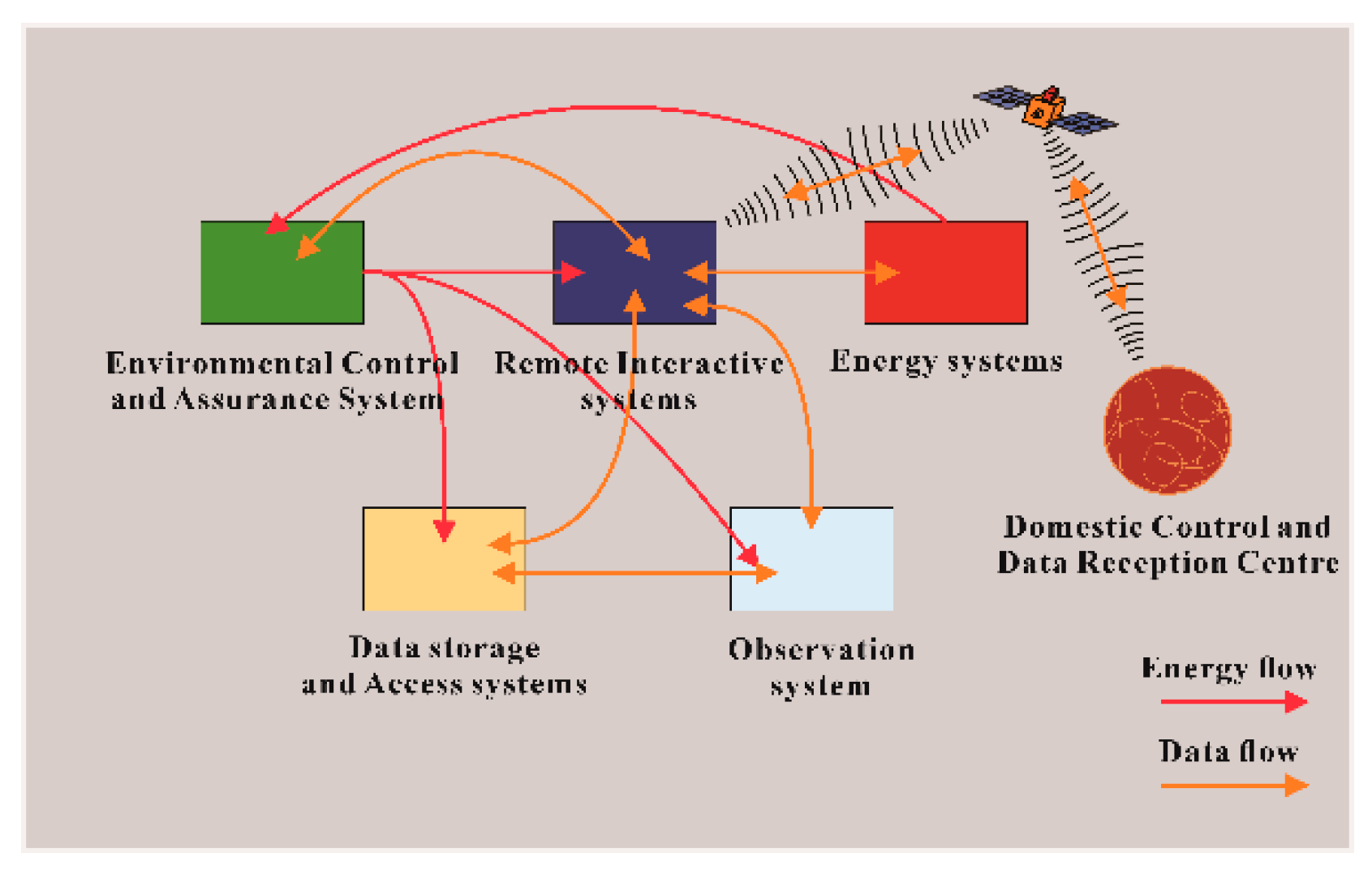
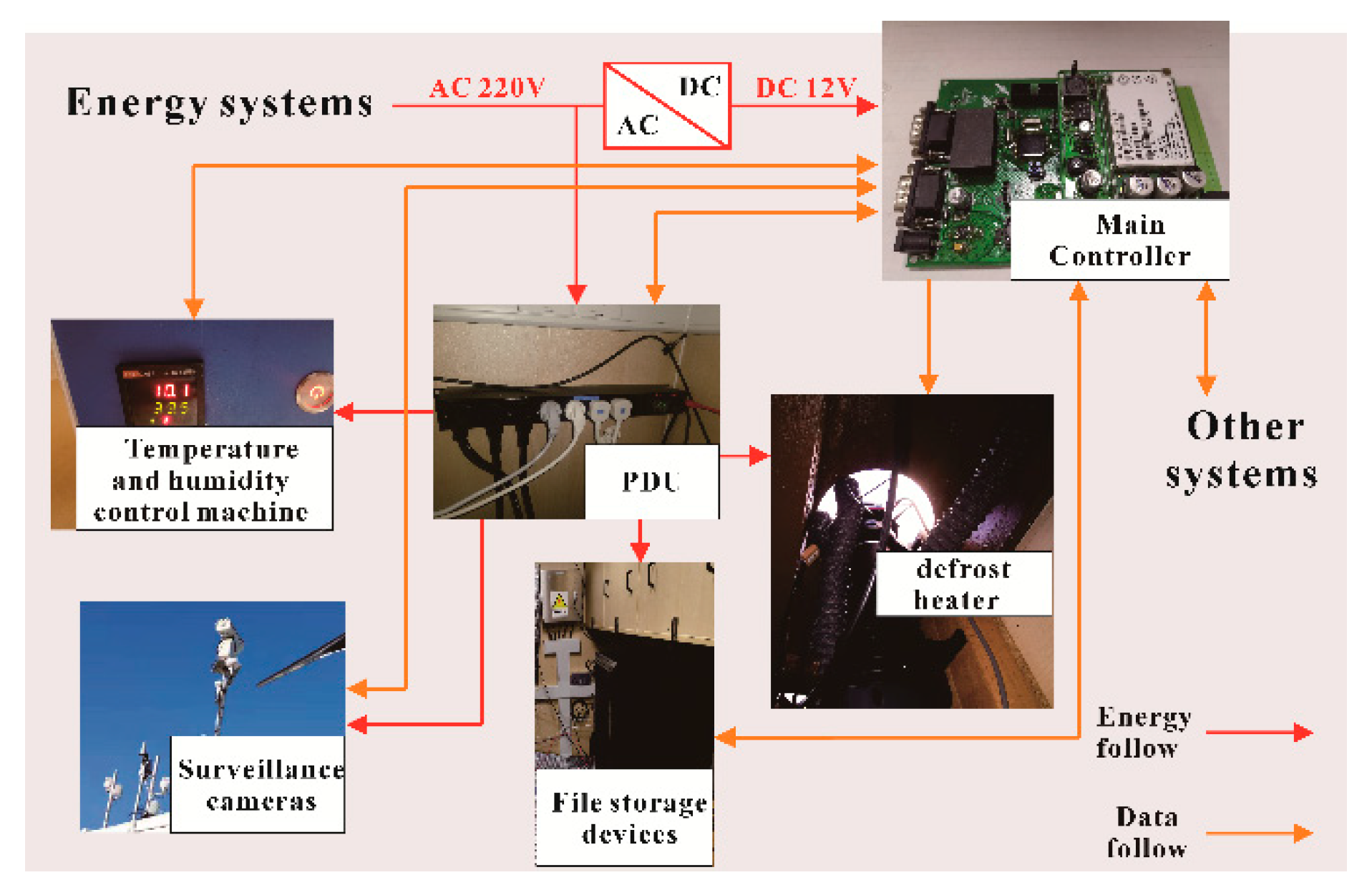

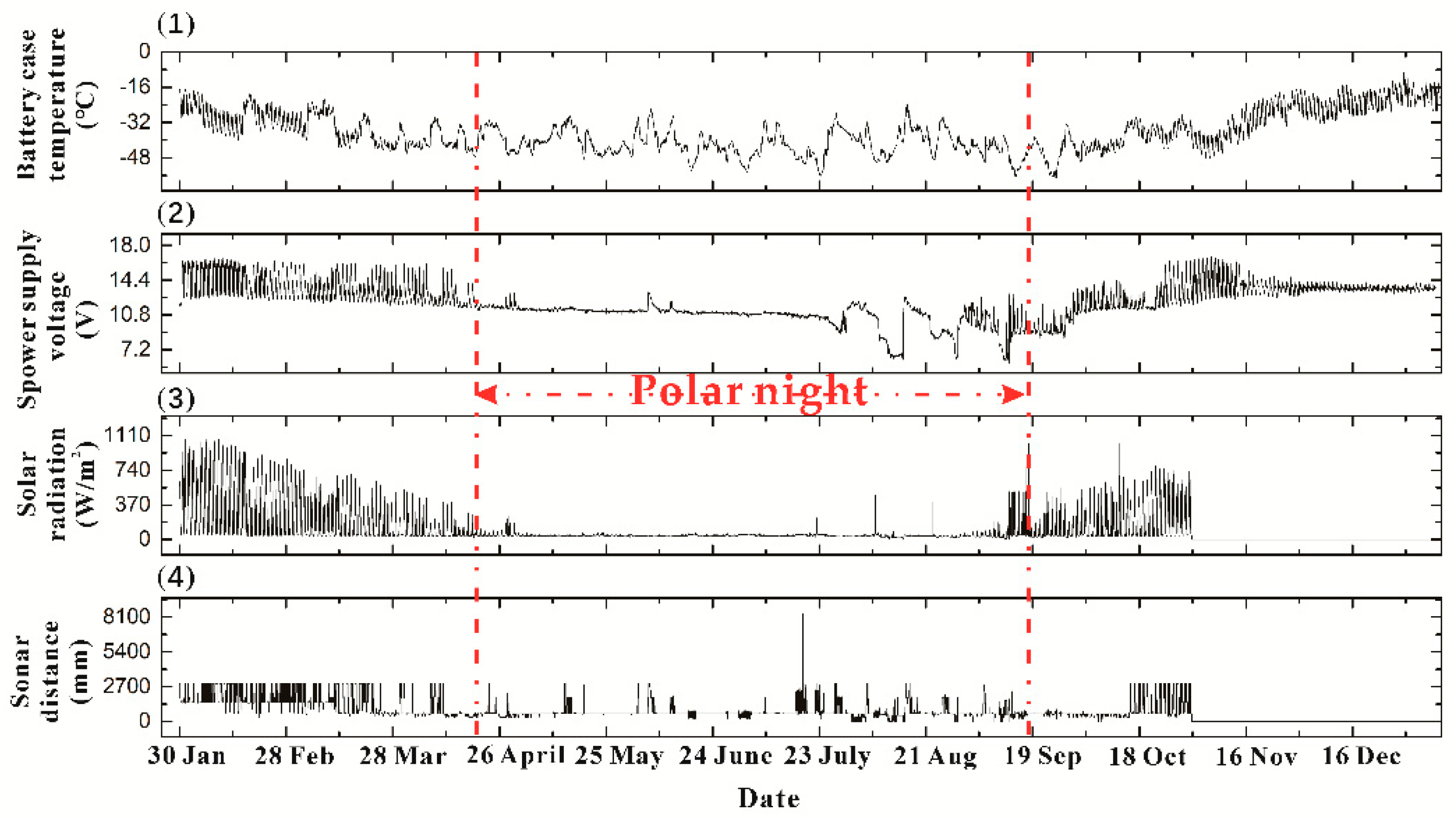
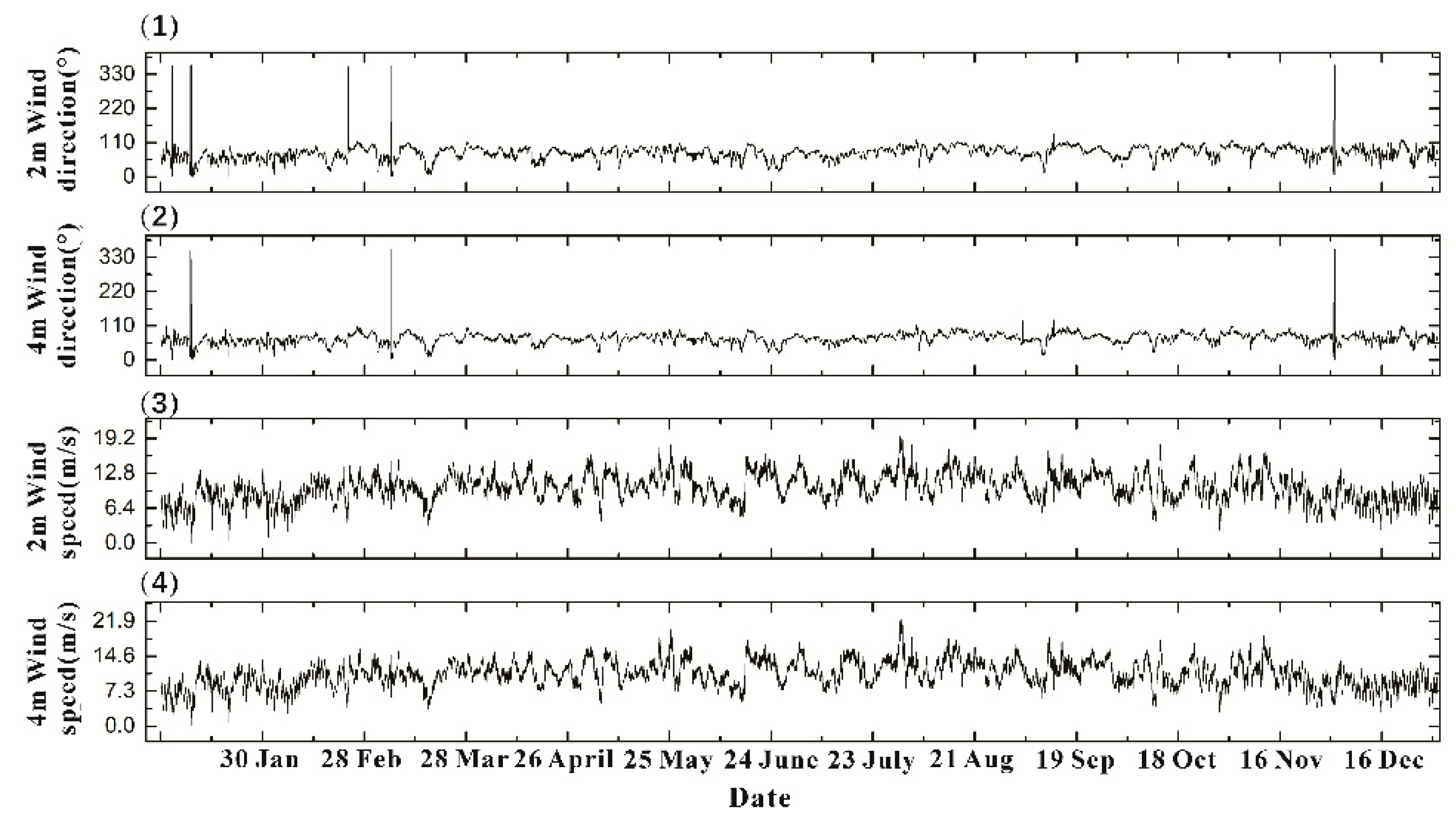
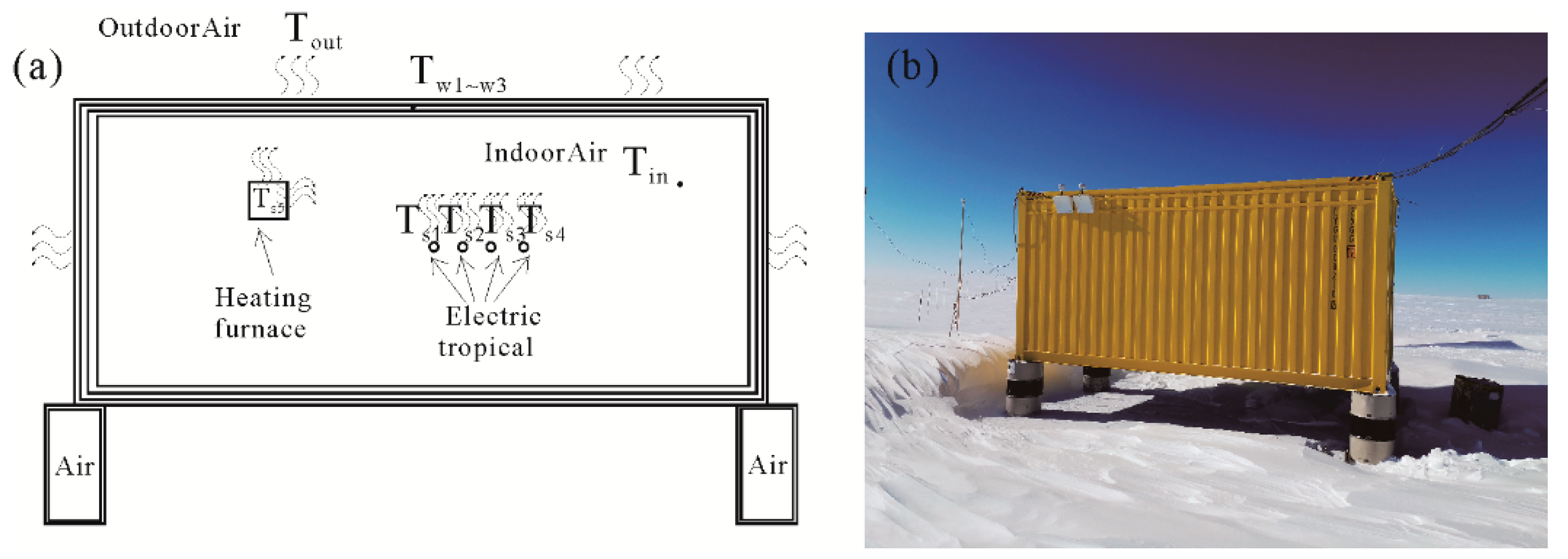
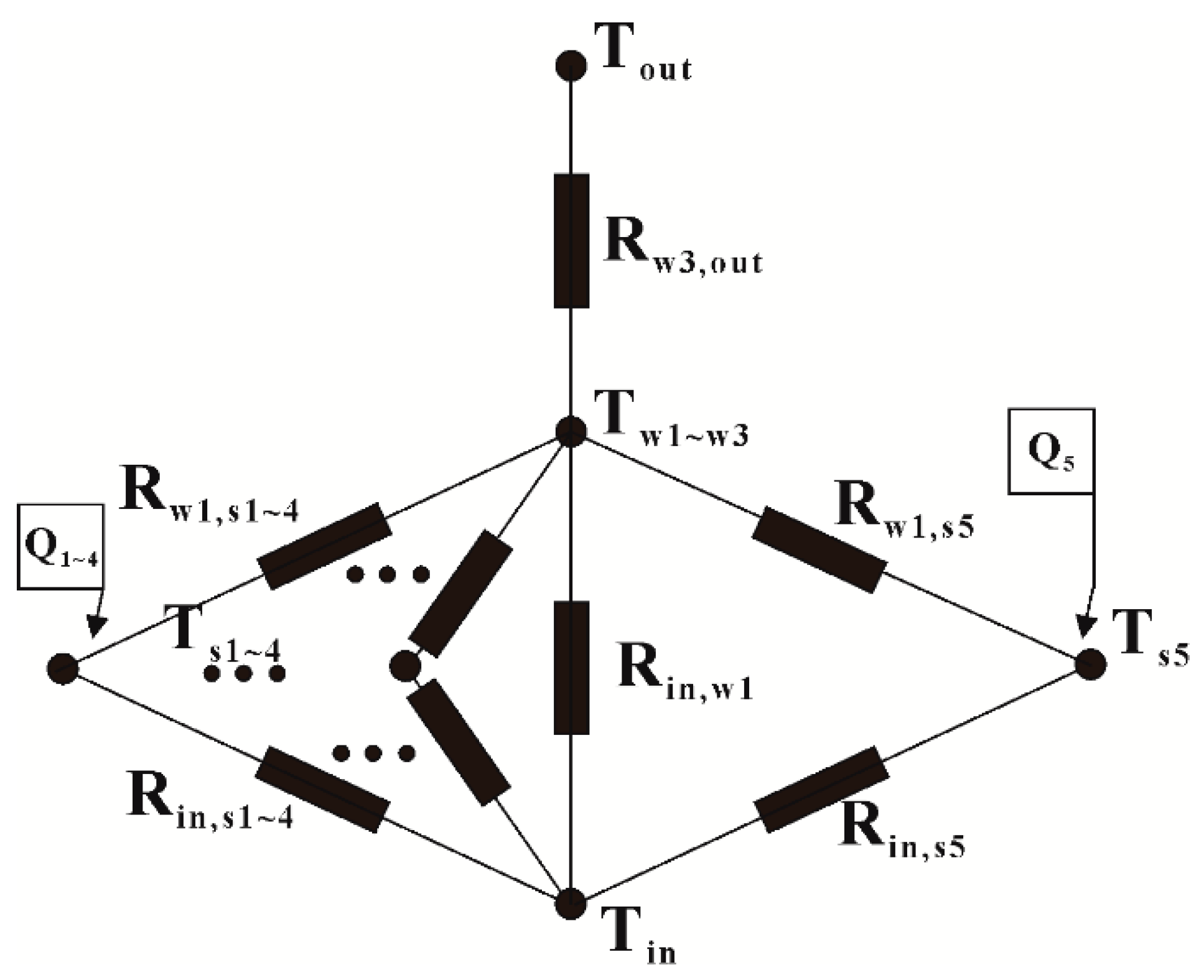

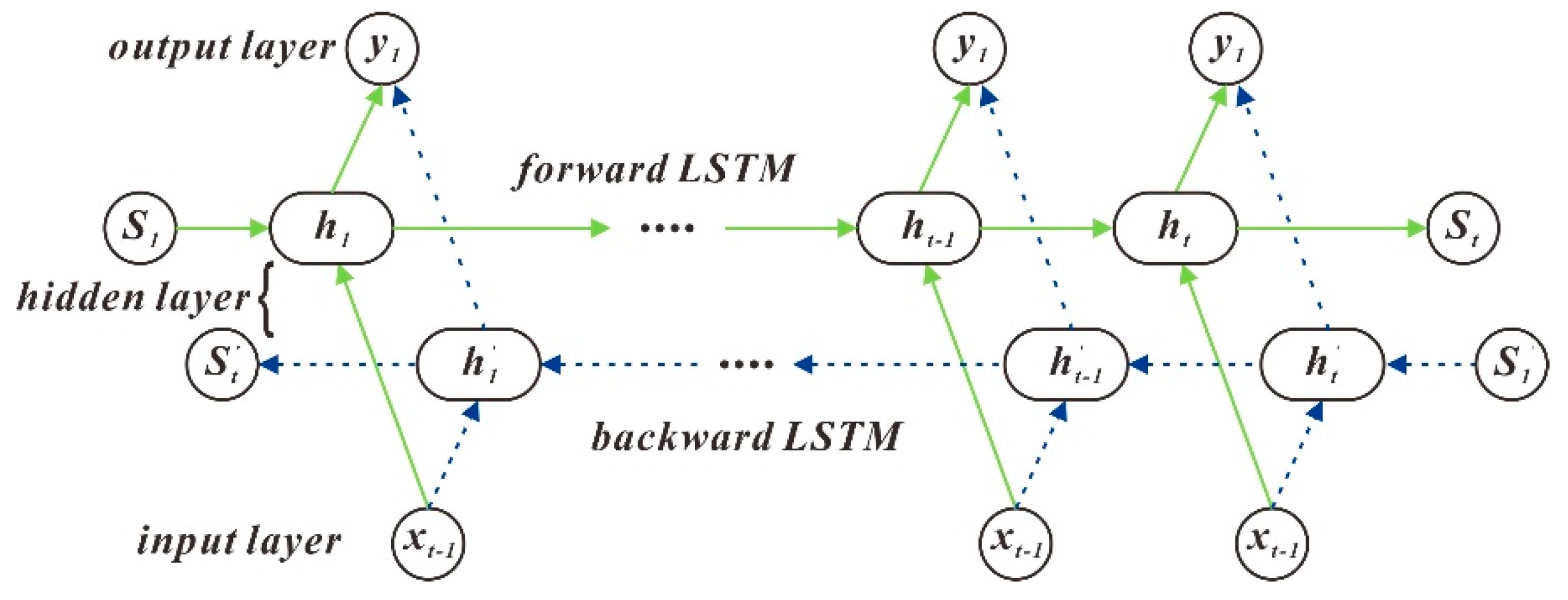
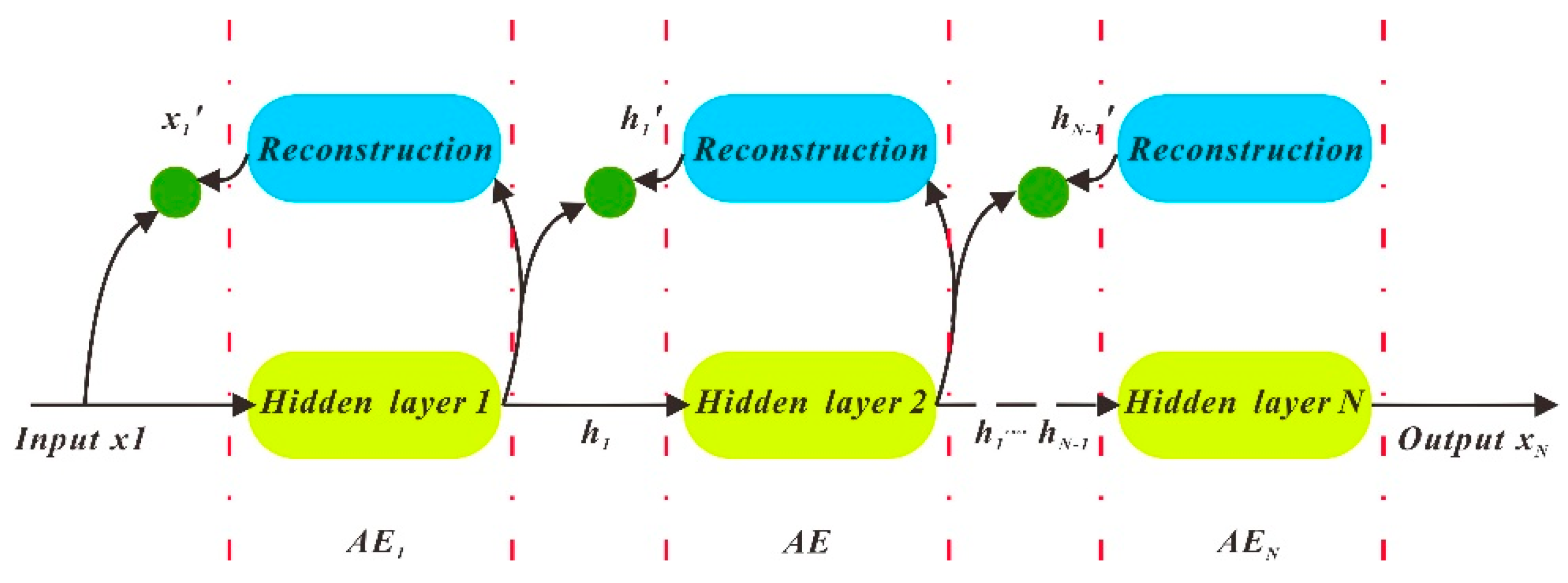
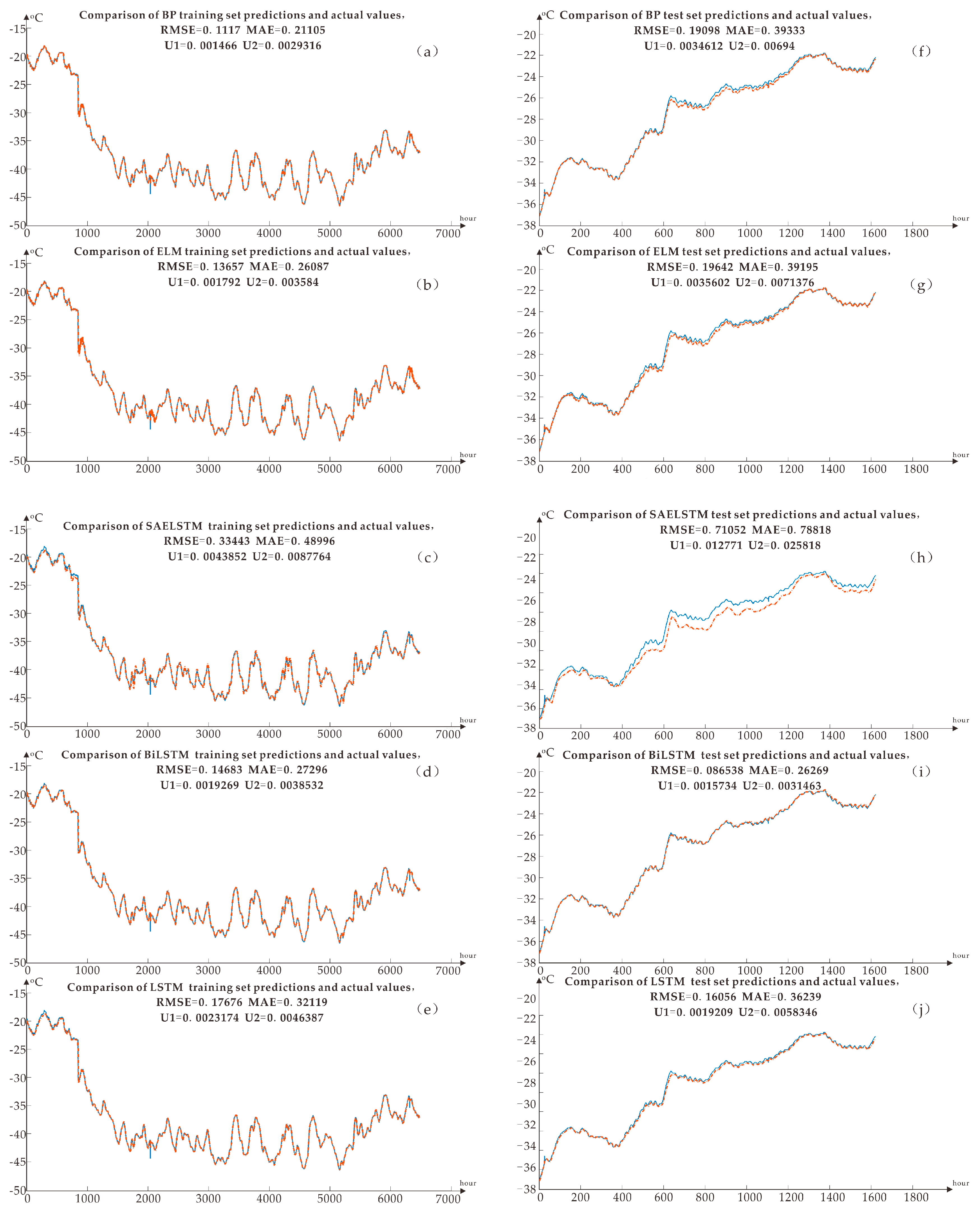
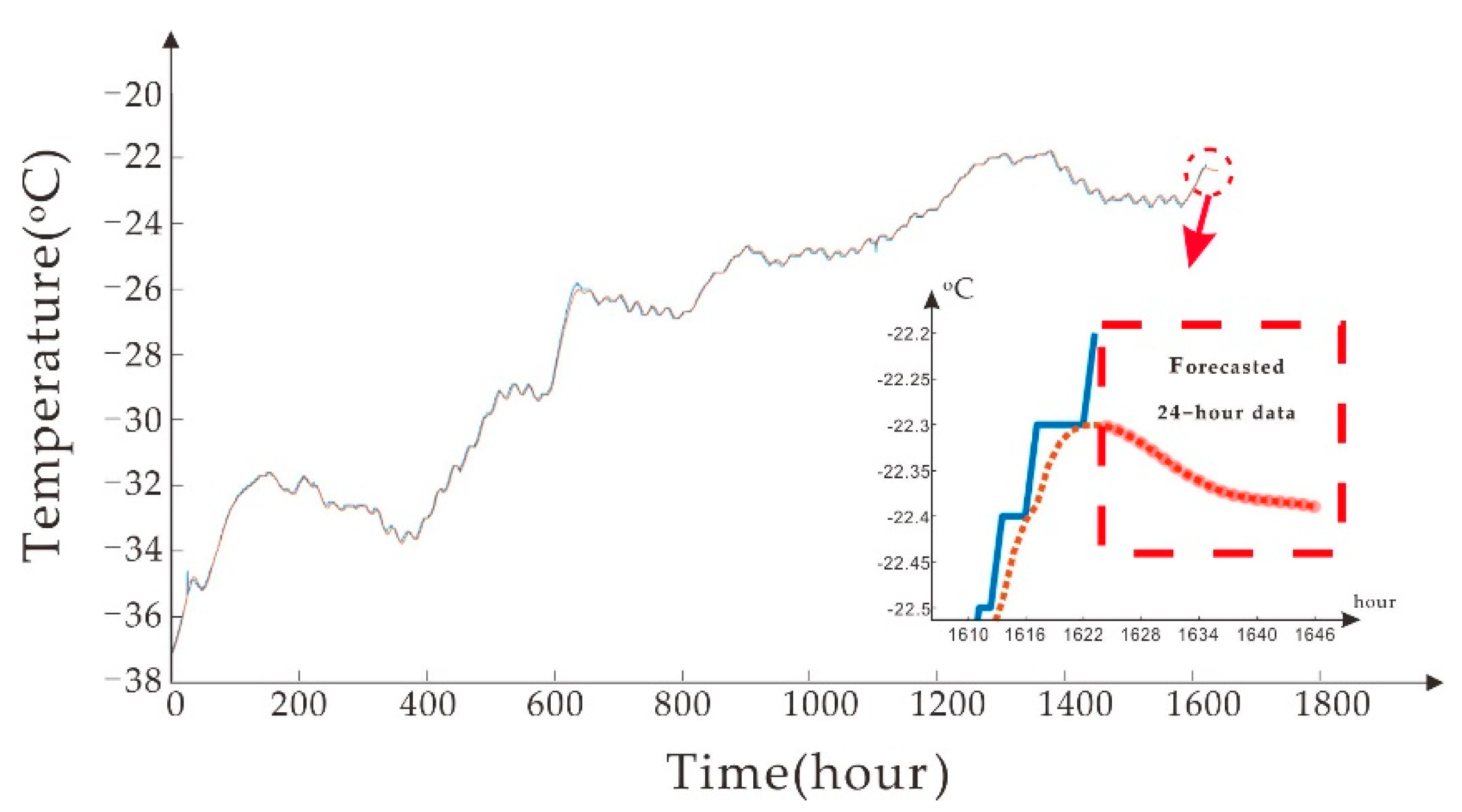
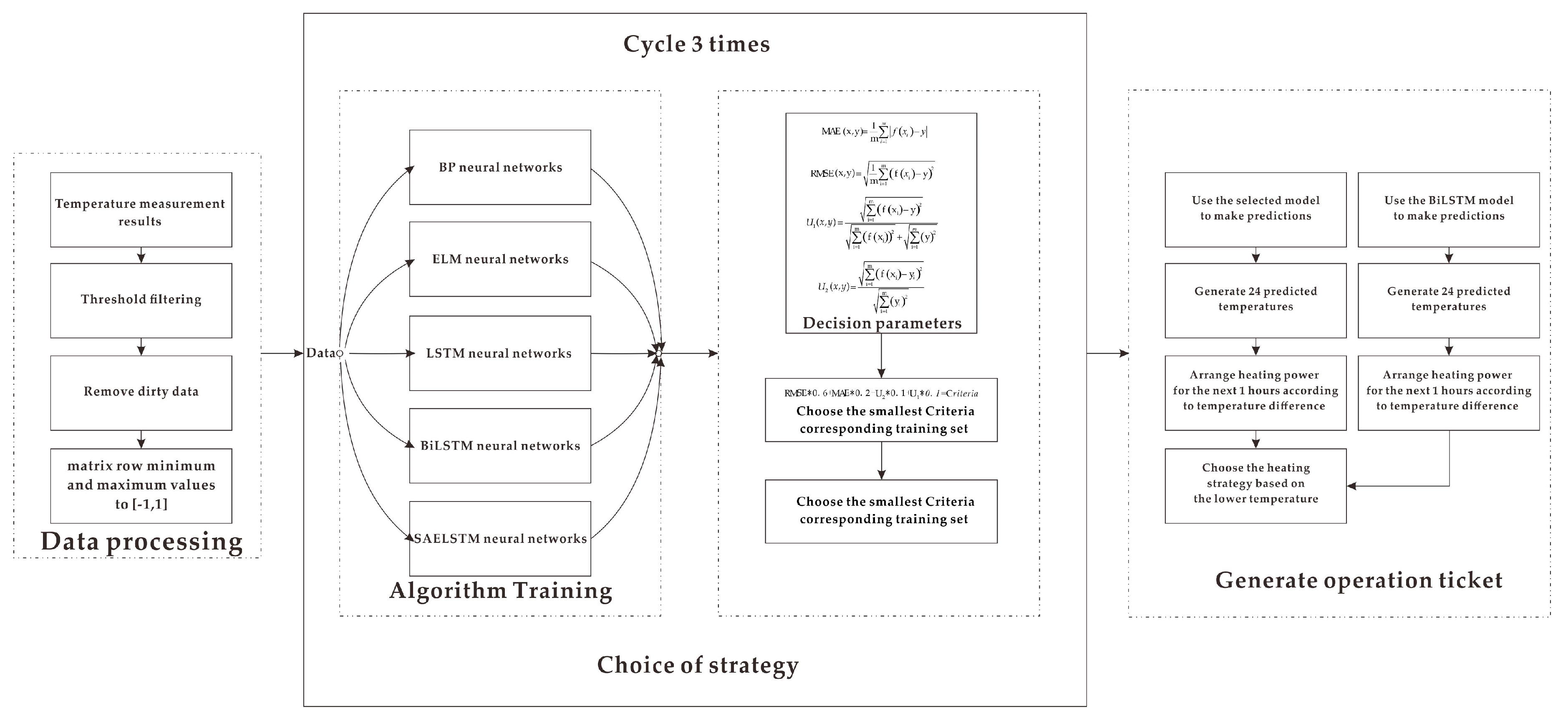

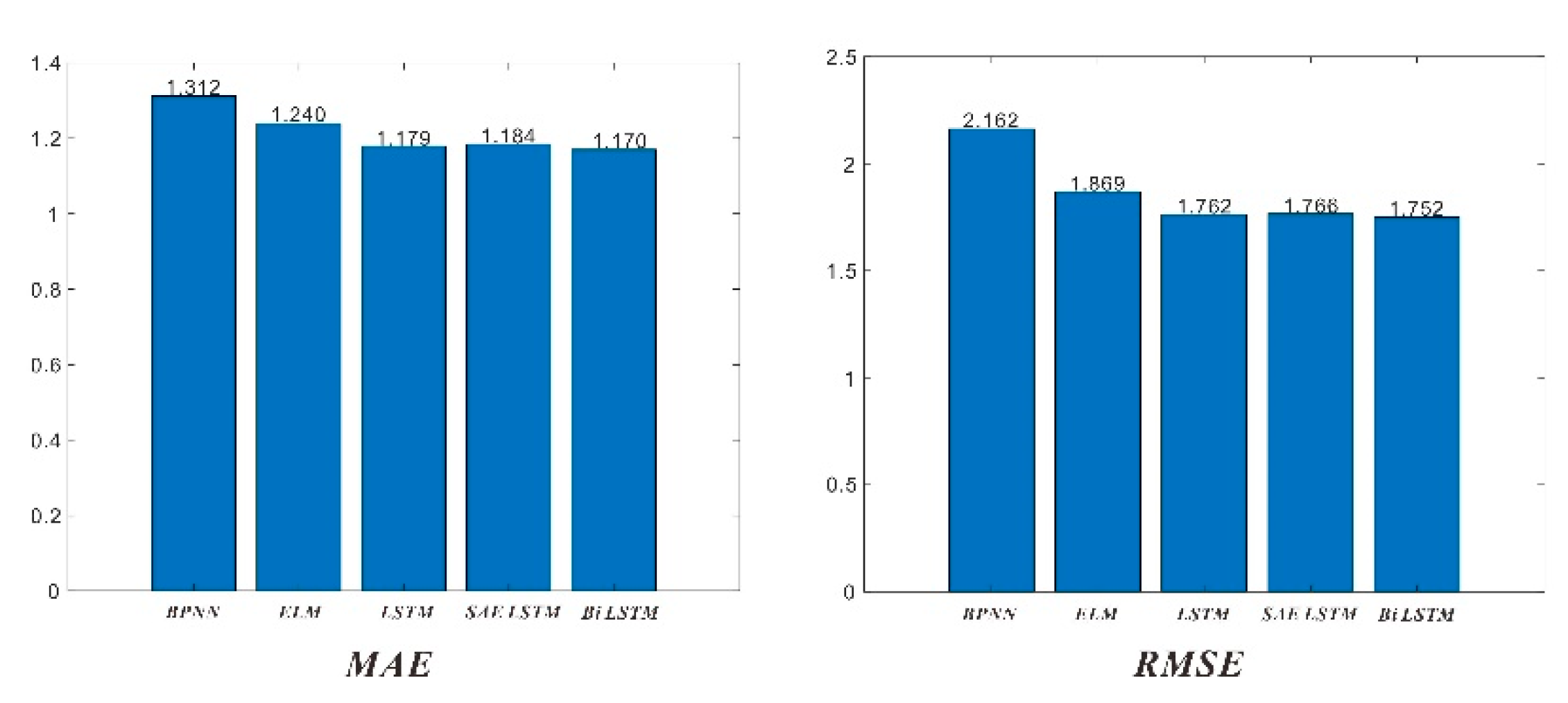

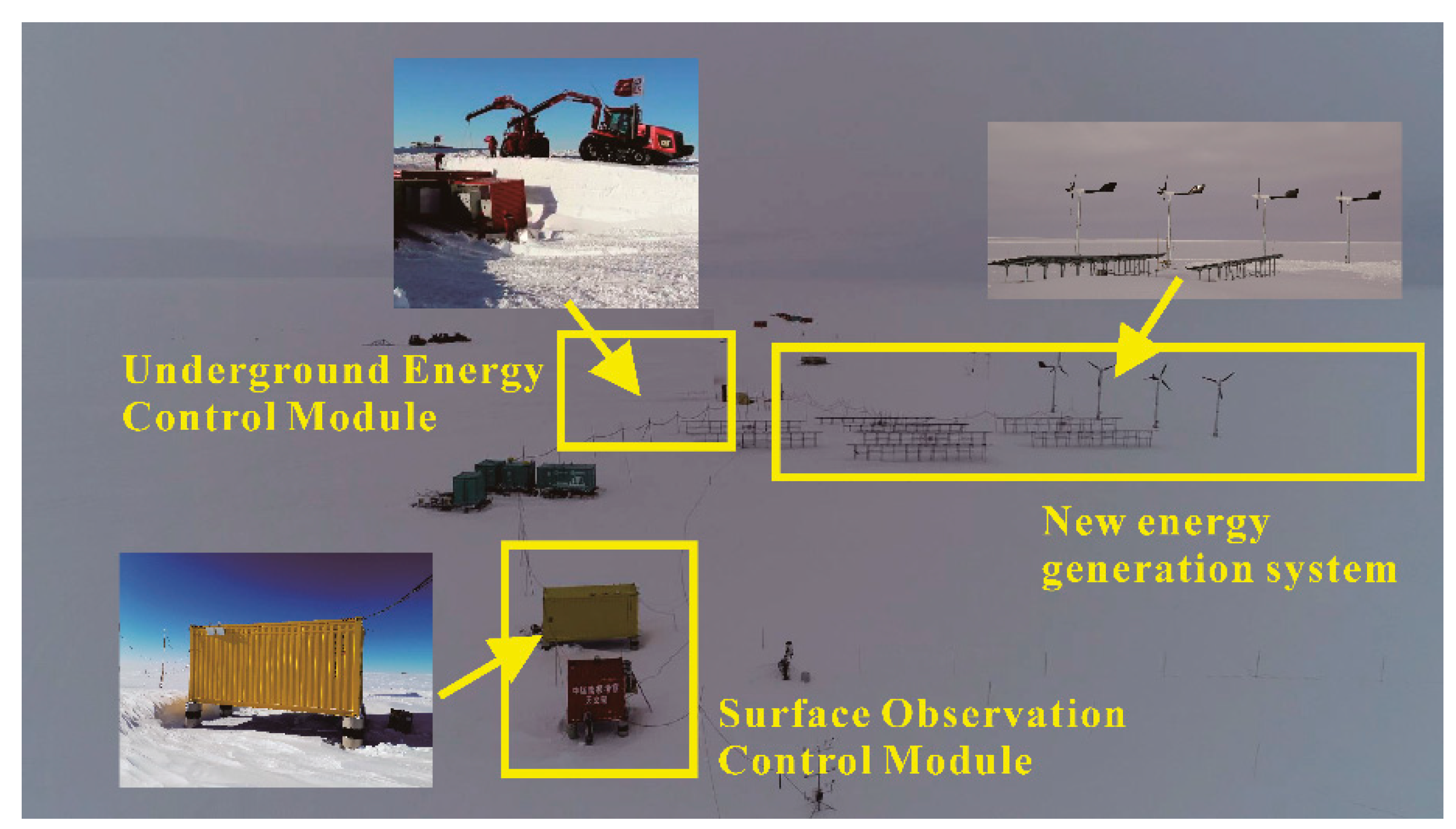
| Equipment | Mode | Temperature Range | Communication Mode |
|---|---|---|---|
| Ultra-Sensitive Imaging | i Kon-M 934 Series, Oxford Instruments, Abingdon OX13 5QX, UK | −20~+25 °C | USB 2.0 |
| Wide-Angle Monochromatic Imager | all-sky monochromatic imaging 557.7nm, Keo Scientific Calgary, Alberta, CAN | −80~+20 °C | USB 2.0 |
| Wide-Angle Monochromatic Imager | all-sky monochromatic imaging 630.0nm, Keo Scientific Calgary, Alberta, CAN | −80~+20 °C | USB 2.0 |
| GNSS ionospheric scintillator | CJW-1H, CETC Xin Xiang, HN, China | −40~+85 °C | USB 2.0 |
| Flux-Gate Magnetometer | LEMI-025,LC ISR, Naukova St., Lviv, 79060, UKR | −5~+30 °C | RS-232 |
| Induction coil magnetometer | LEMI-120,LC ISR, Naukova St., Lviv, 79060, UKR | −10~50 °C | RS-232 |
| NAS | TS869L, QNAP, Xintai 5th Rd, Xizhi City, Taipei, China | 0~50 °C | USB 2.0& USB 3.0&HDMI |
| Network switches | TL-SG3226, TP-LINK, Guang Ming New District, Shenzhen, GD China | −40~70 °C | Base-T RJ45 |
| GPS timing devices | DNS-8, Neutron, Tong Zhou District, BJ, China | −40~85 °C | Base-T RJ45 |
| Sensors | Mode | Temperature Range | Communication Mode | Measurement Accuracy |
|---|---|---|---|---|
| Wind speed | 05103-45 R.M.Young, Traverse City, MI, USA | −40~60 °C | RS-232 | 0.5 m/s |
| Wind direction | 05103-45, R.M.Young, Traverse City, MI, USA | −60~30 °C | RS-485 | 0.3° |
| Temperature sensor | DS28EA00, DALLAS Sunnyvale, CA, USA | −40~+85 °C | Single bus | 0.5 °C |
| Ranging sonar | SR50AL, Campbell Scientific Logan City, Utah, USA | −45~+50 °C | RS-232 | 0.5 cm |
| Pyranometer | FR-TBQ, Purple Forain Wuhan, Hu Bei, CHN | −20~+40 °C | RS-232 | 9.167μ v/W·m-2 |
| Temperature Difference (°C) | Input to the System Over 1 h Heat (KJ) | Heating Power (W) |
|---|---|---|
| 0–5 | 0–344.7 | 0–95.75 |
| 5–10 | 344.7–689.4 | 95.75–191.5 |
| 10–15 | 689.4–1034.1 | 191.5–287.25 |
| 15–20 | 1034.1–1378.8 | 287.25–383 |
| 20–25 | 1378.8–1723.5 | 383–478.75 |
| 25–30 | 1723.5–2068.2 | 478.75–574.5 |
| 30–35 | 2068.2–2412.9 | 574.5–670.25 |
| 35–40 | 2412.9–2757.6 | 670.25–766 |
| Materials | Density | ||
|---|---|---|---|
| Air | 1.4036 | 1.4527 | 0.02234 |
| Cyanuramide,2,4,6-Triamino-s-Triazine | 0.9707 | 1095.27 | 0.159 |
| Asbestine | 0.84 | [140,200] | 0.043 |
| PU | 0.75 | 125 | 0.024 |
| Name | Settings |
|---|---|
| Hardware | Desktop computer |
| CPU | Intel(R) Core (TM) I5-9600K 3.70GHz |
| RAM | DDR4 8G 2666MHz |
| Hard drive | 2T |
| Software& Operating system | MATLAB R2019a, Windows 10 |
| Algorithm | Parameter Settings |
|---|---|
| BP | ME = 1000, GT = 1.0 × 10−7, HL1 = 20, HL2 = 20. AF = S |
| ELM | ME = 1000, AF = S |
| LSTM | ME = 250, GT = 1, ILR = 0.01, LRDP = 125, LRDF = 0.1, V = 0, L2R = 0.0001 |
| Bi LSTM | ME = 250, GT = 1, ILR = 0.01, LRDP = 125, LRDF = 0.1, V = 0, L2R = 0.0001 |
| SAE-LSTM | ME = 250, GT = 1, ILR = 0.01, LRDP = 125, LRDF = 0.1, V = 0, ETF = satlin, DTF = purelin, L2R = 0.0001, L2WR = 4, SP = 0.6 |
© 2020 by the authors. Licensee MDPI, Basel, Switzerland. This article is an open access article distributed under the terms and conditions of the Creative Commons Attribution (CC BY) license (http://creativecommons.org/licenses/by/4.0/).
Share and Cite
Wang, Y.; Dou, Y.; Guo, J.; Huang, D. Space Physical Sensor Protection and Control System Based on Neural Network Prediction: Application in Princess Elizabeth Area of Antarctica. Sensors 2020, 20, 4662. https://doi.org/10.3390/s20174662
Wang Y, Dou Y, Guo J, Huang D. Space Physical Sensor Protection and Control System Based on Neural Network Prediction: Application in Princess Elizabeth Area of Antarctica. Sensors. 2020; 20(17):4662. https://doi.org/10.3390/s20174662
Chicago/Turabian StyleWang, Yuchen, Yinke Dou, Jingxue Guo, and Dehong Huang. 2020. "Space Physical Sensor Protection and Control System Based on Neural Network Prediction: Application in Princess Elizabeth Area of Antarctica" Sensors 20, no. 17: 4662. https://doi.org/10.3390/s20174662
APA StyleWang, Y., Dou, Y., Guo, J., & Huang, D. (2020). Space Physical Sensor Protection and Control System Based on Neural Network Prediction: Application in Princess Elizabeth Area of Antarctica. Sensors, 20(17), 4662. https://doi.org/10.3390/s20174662




